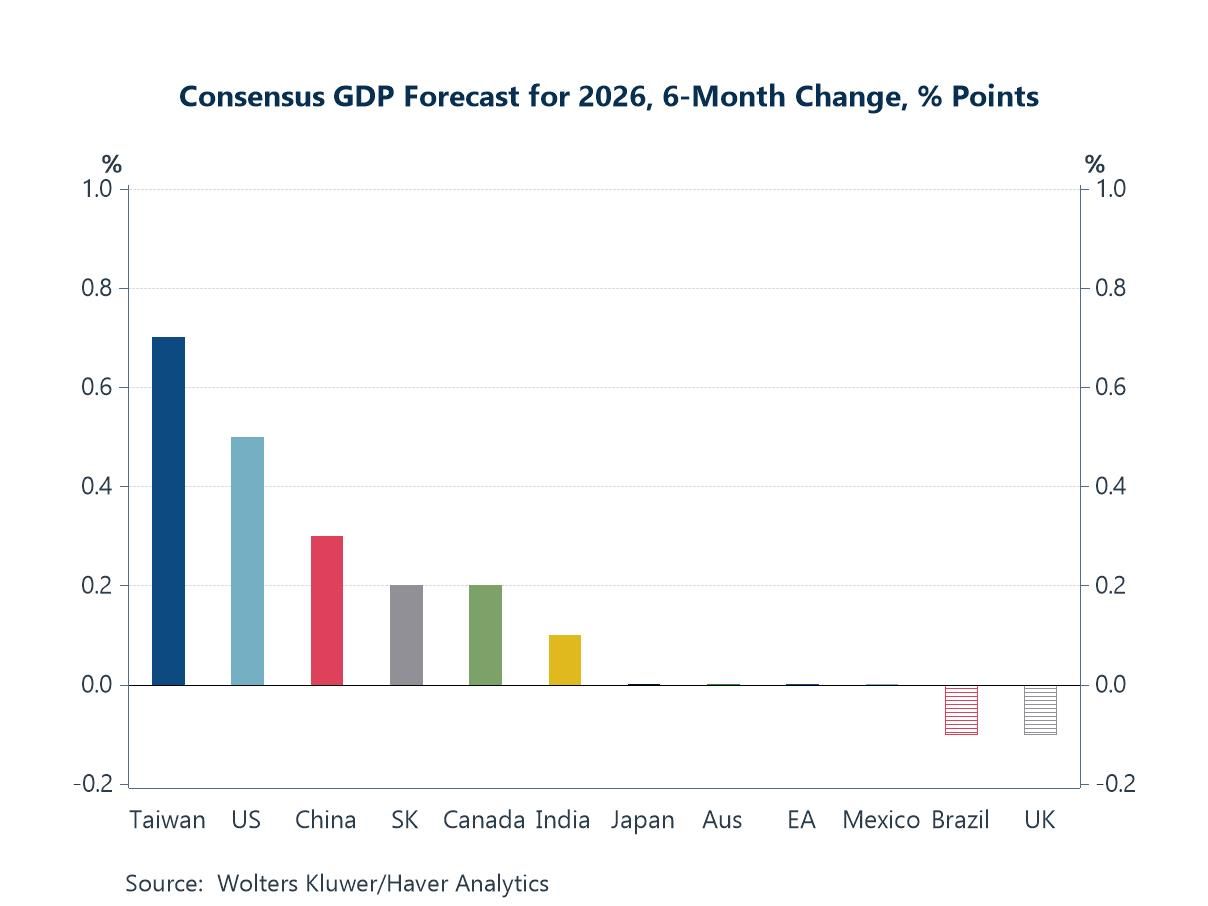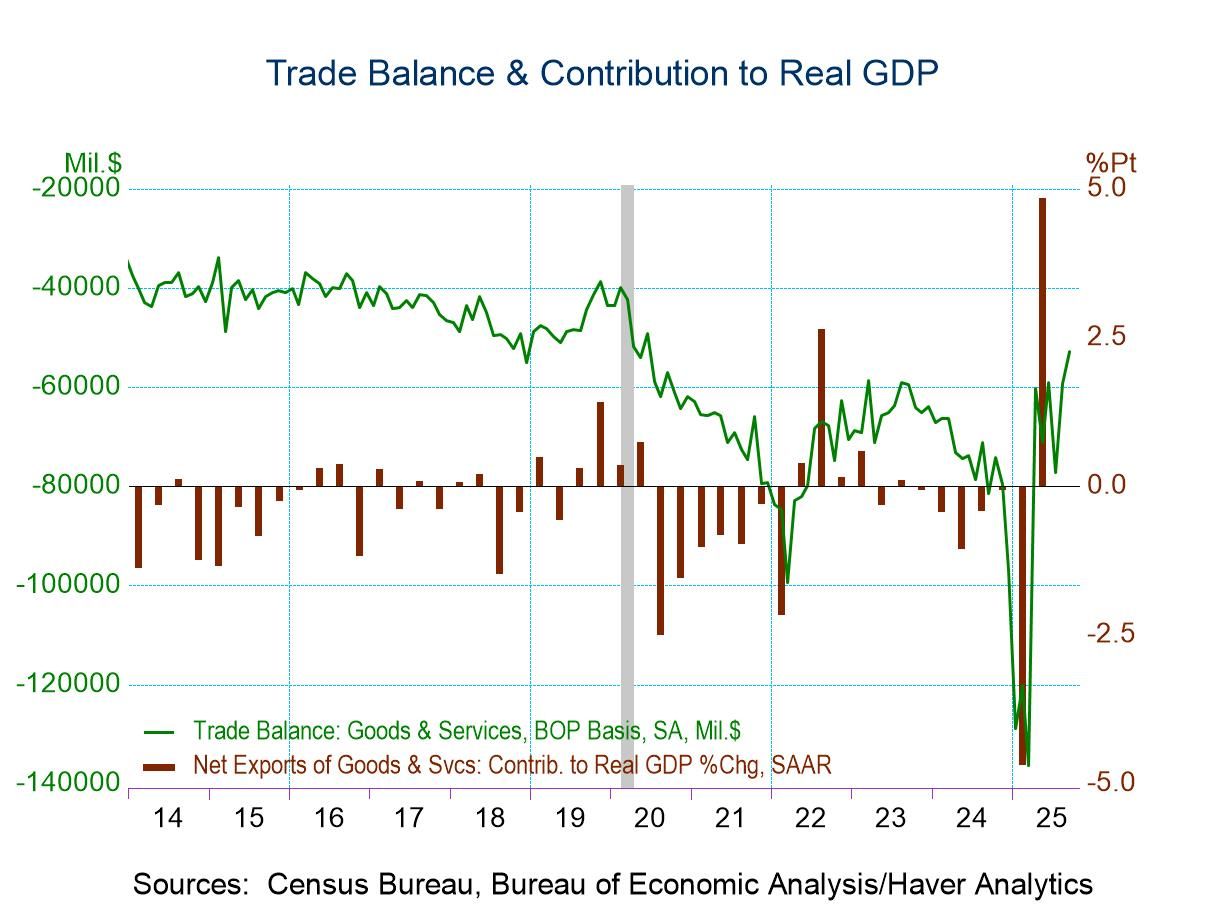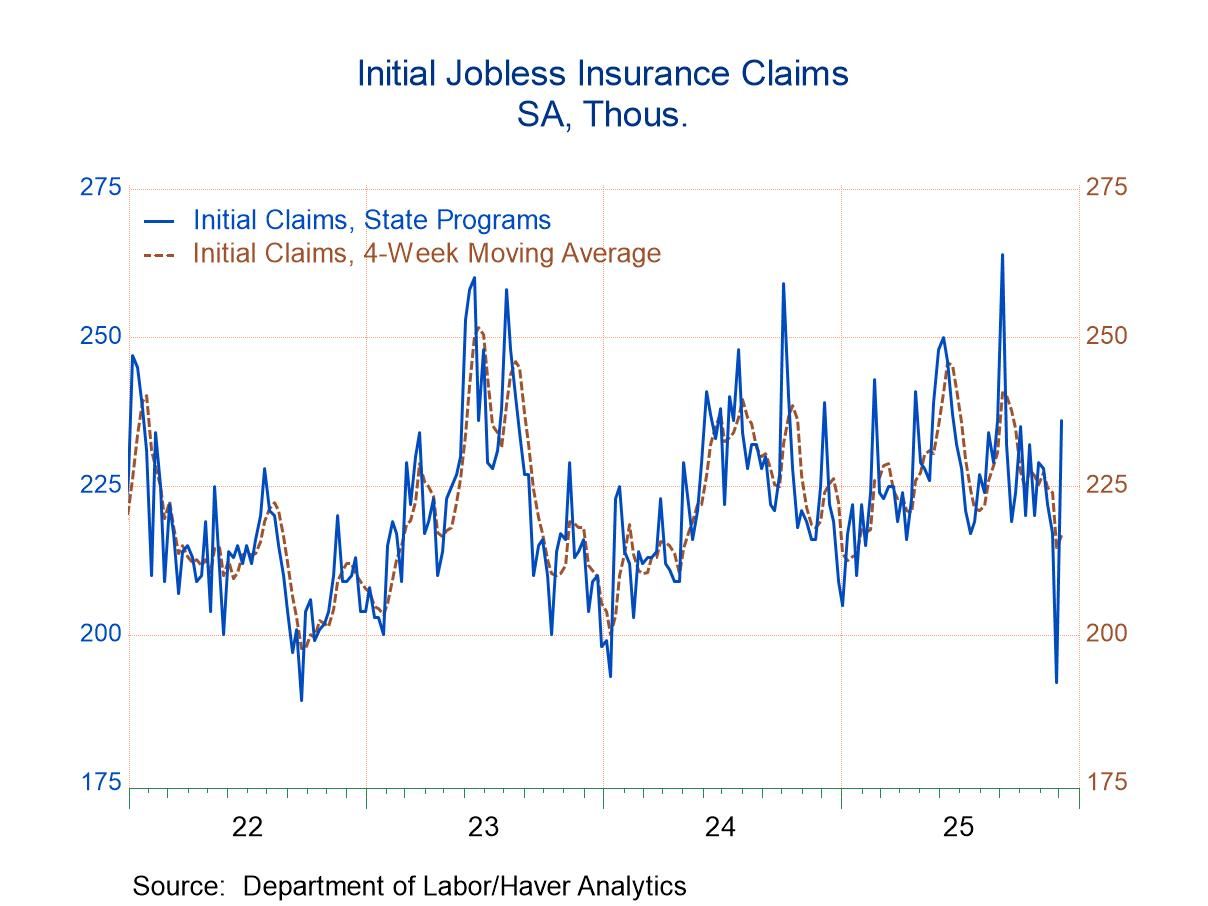 Global| Oct 29 2019
Global| Oct 29 2019EMU PPIs Are Weak in a Weak Global Inflation Environment
Summary
One question that the central banks like the European Central Bank, the Federal Reserve and the Bank of Japan could ask is: what is the job of a central bank in a world where inflation has been tame and has been too tame for too long? [...]
 One question that the central banks like the European Central Bank, the Federal Reserve and the Bank of Japan could ask is: what is the job of a central bank in a world where inflation has been tame and has been too tame for too long? This is a question about a world in which each central bank has failed to achieve its own inflation objective for a long time persistently. If a central bank (e.g., the ECB) were to have only an inflation objective and if it were (hypothetically) falling steadily short of achieving its goal, how should such a bank look at and assess its own performance and plan for the future?
One question that the central banks like the European Central Bank, the Federal Reserve and the Bank of Japan could ask is: what is the job of a central bank in a world where inflation has been tame and has been too tame for too long? This is a question about a world in which each central bank has failed to achieve its own inflation objective for a long time persistently. If a central bank (e.g., the ECB) were to have only an inflation objective and if it were (hypothetically) falling steadily short of achieving its goal, how should such a bank look at and assess its own performance and plan for the future?
These are excellent questions that could be put to real world central bankers. And you won’t find ANY of these central banks asking them or answering them any time soon.
As the graph shows, Japan has fallen woefully short of its 2% objective and only hit it and exceeded it when its consumption tax hike pushed up the price level in 2014, after which the inflation rate continued its undershooting ways. With a few exceptions, none persistent, the U.S. has had no success in meeting its inflation objective since it adopted the targeting process in 2012. The EMU that has long had an inflation objective of just under 2% also has had persistent missing since 2012. Those circumstances continue.
With today’s Italian PPI figures in hand, we have a solid group of inflation readings available for Europe and for the EMU area. Of the ten countries in the top portion of the table, six show month-to-month PPI drops in September with two more showing no prices change. In August, prices fell month-to-month in nine of these ten countries.
Over three months, prices fell in five of ten countries with two showing no change. Over six months, prices fall in nine of ten countries. Over 12 months, prices fall in seven of ten countries. Do you see a pattern yet?
Despite all this price-dropping Prices show a steady deceleration in only Germany and Portugal. Finland manages to exhibit price acceleration on this timeline with deflation all-around.
Note that prices decelerate broadly over 12 months compared to the previous 12 months - everywhere except Ireland.
We have some sort of core price trends for three countries, Germany, France and the United Kingdom. On this score, prices are more stable at very low rates of expansion, at least in the two EMU members. The U.K. that lives in its own world with its own lingering Brexit problems and its own realty wobbly currency shows a trend of ‘real’ inflation with core (excluding also tobacco) steady at a 1.7% pace then moving up to a 2.3% pace over three months. But at 1.7% over 12 months even the BOE is below its target and U.K. inflation is lower over 12 months than it was over the previous 12 months.

Of course, this miracle of price stability is brought to us in part by the persistent weakness/stability in oil prices. Even a successful attack on key Saudi oil facilities and a reported attack on an Iranian tanker as well as some other disruptions to the oil traffic in the Gulf have only been able to make oil prices flutter not ramp up. Iran’s oil output is still being shut out to the best of the U.S. ability to achieve that result.
The global economy has slowed in part because of trade war. But apart from trade war, China, a big cog in the system, is facing increasing challenges to growth. Its past over investment and an ageing population, its past one child policy, its suppression in Hong Kong and its domestic internment camps for the Uighurs all have created various sorts of geopolitical opposition to China. Some things the international community simply does not like to turn its back on even though there may not be an interventionist solution. Oddly, all the geopolitical pressure China has faced seems to have made it more eager to get a trade deal. This should remind us how important it is for China to grow. While China is not bending over backwards to cut a deal with the U.S., it has become decidedly pliable, the best that I can tell.
The road ahead
A number of economic forecasts expect some sort of trade deal and then for growth to improve. But there seems little scope for growth to improve. Removing trade headwinds will be useful, but then there should be a new U.S. trade deal with China that should also play some role in simmering down trade penetration. In the EMU, only Germany is an export-led growth economy (and much of that is on trade within the EMU). And the euro-hawks are looking to pull back some of the Draghi stimulus, particularly policies related to negative rates. Much of the pressure on China is meant to alleviate maltreatment of U.S. companies operating there. How much (and how soon) will U.S. firms operating in the U.S. benefit from a China trade deal? Based on the lack of skilled workers in the U.S. to fill various modern factory jobs, the answer seems to be ‘few’ and ‘a long time.’ For example, there is little ‘new’ news on the ‘planned’ Foxconn plant is Wisconsin initially where flat screen TVs were to be produced. All there seems to be is a legacy of home owners who are discontent and probable misuse of imminent domain to create the property that Foxconn said it required. Still no factory… At one point, Foxconn said it may have to import its own workers- some job creation, eh? Sounds like migration creation.
Whatever the situation, there is optimism on a China trade deal and more optimism for the period thereafter. Bund rates have come up from their lows and the U.S. yield curve is no longer inverted. And of course, the U.S. is creating prodigious quantities of federal debt.
There is a lot of denial, little critical thinking, much optimism and central banks whistling past the grave yard. Central bankers are supposed to ground us not grind us up. But in these circumstances they don’t seem to know what to do. In Europe, they seem to know what they no longer want to do (embrace negative rates). But that leaves an open field for any positive action. For now central bankers don’t seem to be able to get past prayer as a policy option and they continue to worry more about the inflation they are sure will come next.
Robert Brusca
AuthorMore in Author Profile »Robert A. Brusca is Chief Economist of Fact and Opinion Economics, a consulting firm he founded in Manhattan. He has been an economist on Wall Street for over 25 years. He has visited central banking and large institutional clients in over 30 countries in his career as an economist. Mr. Brusca was a Divisional Research Chief at the Federal Reserve Bank of NY (Chief of the International Financial markets Division), a Fed Watcher at Irving Trust and Chief Economist at Nikko Securities International. He is widely quoted and appears in various media. Mr. Brusca holds an MA and Ph.D. in economics from Michigan State University and a BA in Economics from the University of Michigan. His research pursues his strong interests in non aligned policy economics as well as international economics. FAO Economics’ research targets investors to assist them in making better investment decisions in stocks, bonds and in a variety of international assets. The company does not manage money and has no conflicts in giving economic advice.






